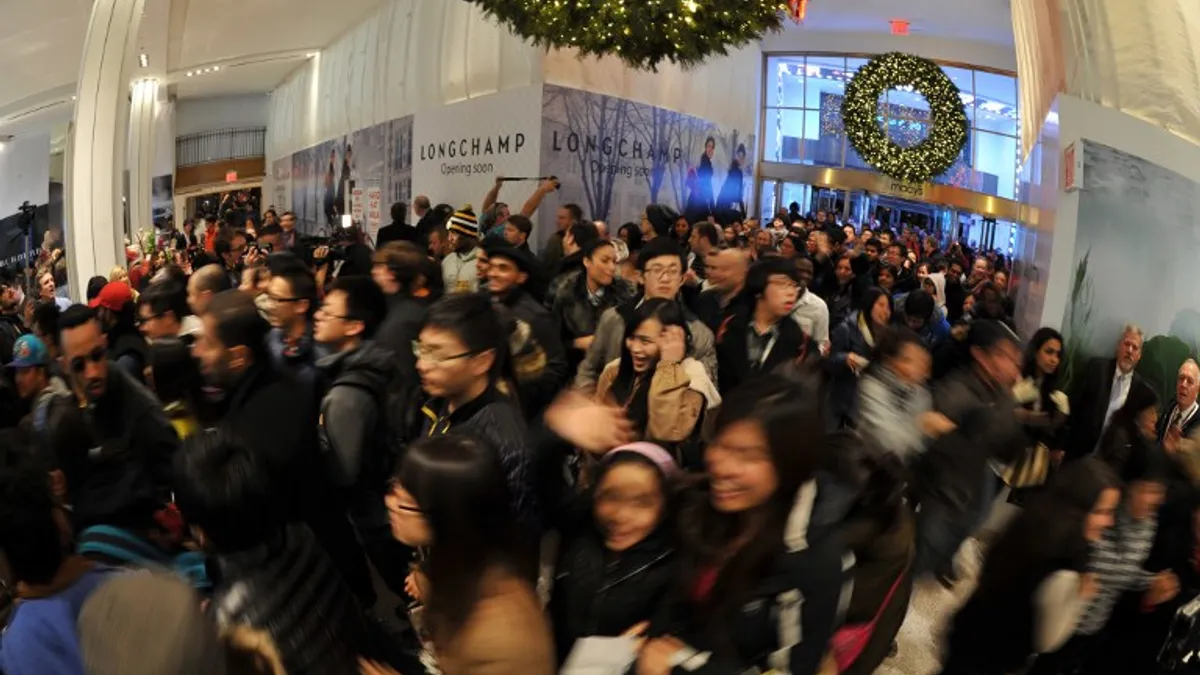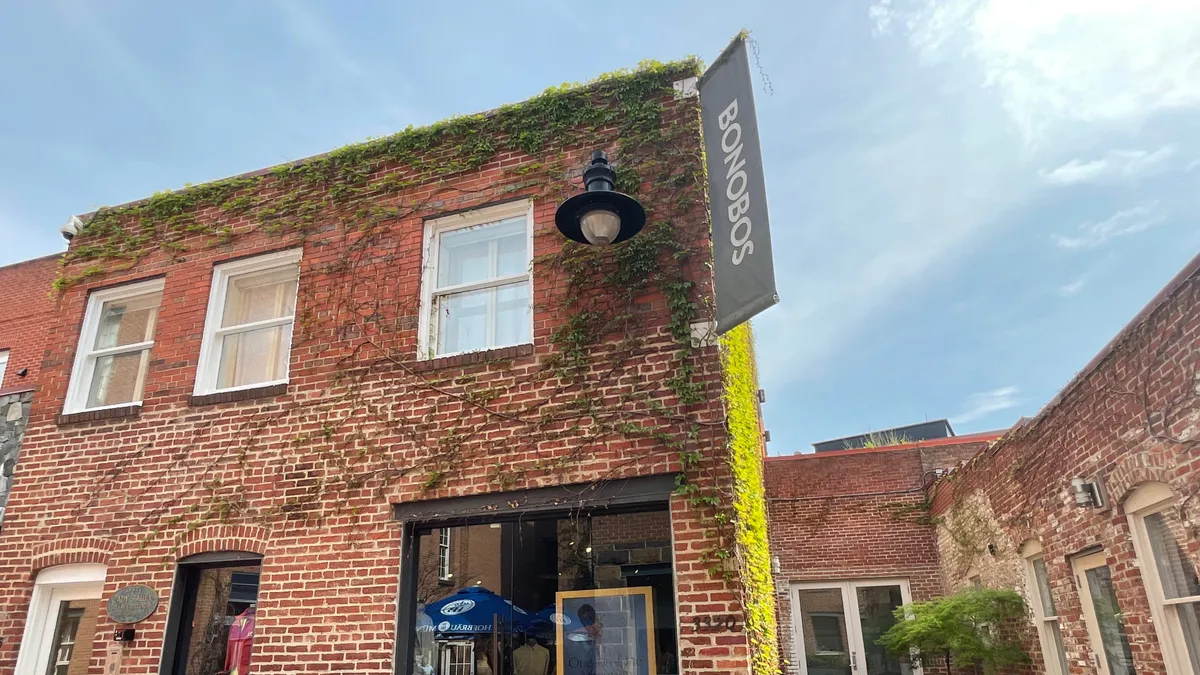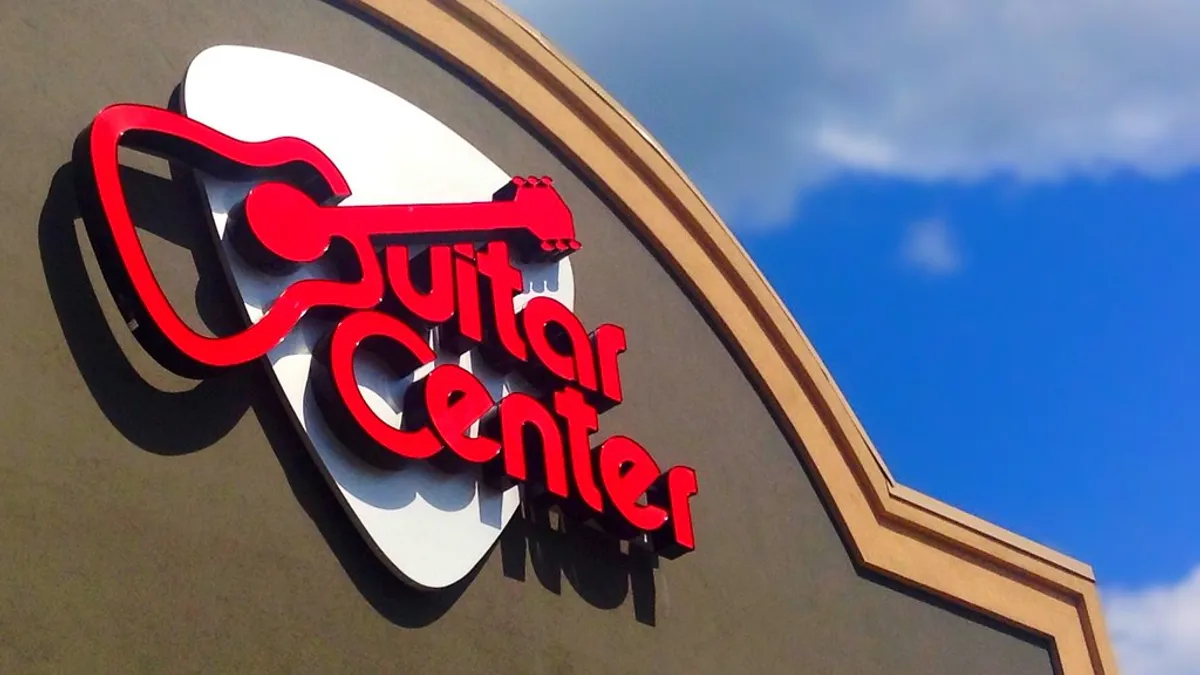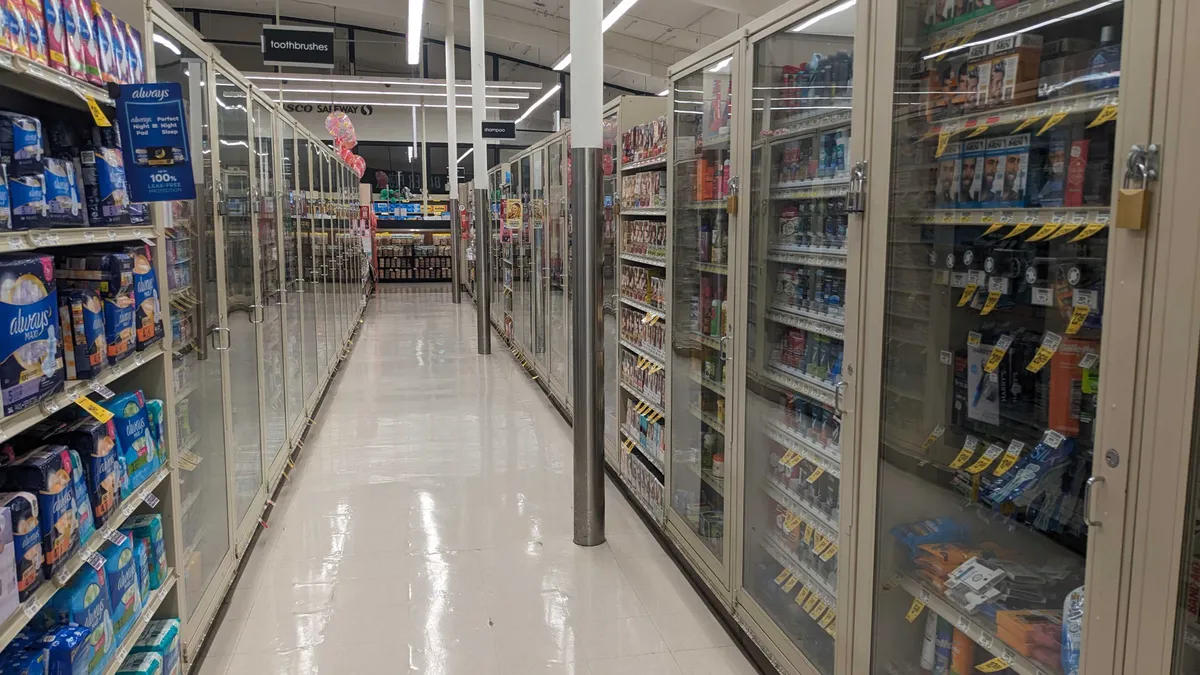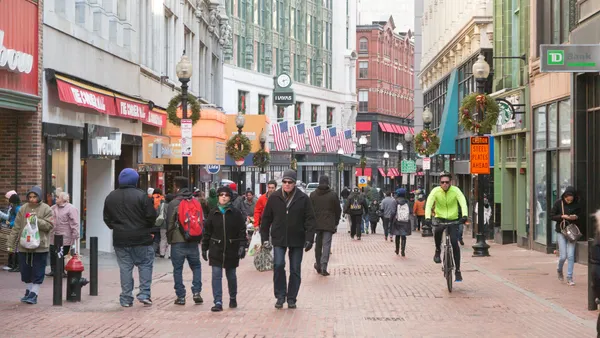The most wonderful time of year for retailers is just around the corner, but they won’t reap the profits of Black Friday weekend before first navigating an obstacle course full of potential pitfalls.
A projected 137 million consumers will shop between Thanksgiving Day and Cyber Monday, according to the National Retail Federation. It certainly won’t all be sales and smiles. The holiday season, and Black Friday weekend in particular, is often fraught with challenges that turn overrun websites into 404 error messages and promises of speedy delivery into a delayed mess.
As retailers move into crunch time, Retail Dive took a look back at some of the biggest mistakes from Black Fridays past, and spoke with analysts about what lessons retailers can take away.
Mistake 1: Buckling under outages
One of the most noticeable mistakes retailers make year after year is failing to adequately prepare for shopping increases online and on mobile. Last year online spending rose 14% from 2014 to reach about $4.45 billion during Thanksgiving Day and Black Friday, according to data from Adobe Systems; the influx of online traffic knocked luxury department store Neiman Marcus offline for much of Black Friday and into Saturday, which caused it to miss out on the e-commerce sales surge. Other retailers including Newegg, Jet, Foot Locker and Wal-Mart also saw crashes or significant slowdowns over the weekend, and Target even blacked out for periods of Cyber Monday.
Year after year, outages continue to send retailers into panic mode and customers into frustration mode, but it’s all about being prepared, says Brett Sanderson, product marketing manager for shopper advertising at consumer information network Bazaarvoice. “Retailers are bombarded with more traffic than they can handle — some product takes off, and all of a sudden you have more traffic than you’ve ever seen before,” Sanderson told Retail Dive. “You need to test to make sure your site doesn’t go down. Be prepared for anything that can happen. You can’t afford to miss out. If you can’t capitalize on this peak period, it can break your year."
At this late in the game, there’s not a lot retailers can do to change code to bolster their websites, Sam Cinquegrani, CEO of ObjectWave, a digital marketing technology and services company, tells Retail Dive. Ideally, retailers should start preparing in August and September, but stress-testing is better done late than never, he says.
Retailers should be prepared for outages not just over Black Friday weekend, but during any high-traffic days. Amazon learned that lesson earlier this year during its midsummer Prime Day sale event, when its systems went down early in the day, disabling many customers from checking out online.
Mistake 2: Letting the guard down on fraud
Fraudulent transactions have sharply risen in the last few years, especially over the holiday season, and many retailers have suffered by letting their guard down and prioritizing sales over security.
Between Thanksgiving and Dec. 31, 2015 the number of e-commerce transactions grew by 21% over 2014, and fraud attempts grew by 8%, according to data from ACI Worldwide. Fraud activity was highest on Christmas Eve (2.4%), Thanksgiving (2%) and Black Friday (1.8%).
“Fraudsters are aware of the pressures that are faced by retailers,” Aaron Press, director of payments at LexisNexis Risk Solutions, a firm that helps retailers and financial institutions manage risk, told Retail Dive. “[Retailers] are in the business of selling things, not stopping fraud, and because of that they have the tendency, due to the sheer volume, to have difficulty in keeping up broad efforts, [and] keeping up the level of scrutiny and vigilance that they would have at the rest of the year.”
Press says retailers need a multi-layered approach to try to automate as much data review as possible to ensure protections are in place to verify shoppers' identities. Stopping fraud can be more challenging for retailers when it comes to online purchases of gift cards, which have the highest attempted rate of fraud across all products. When digital gift cards are purchased, approval is done very rapidly and doesn’t allow the same lag time for multiple checks that retailers normally have during the delivery process, Press says.
Many retailers have also failed to create mobile-specific strategies for preventing fraud. “As mobile becomes more and more prevalent, I recommend to merchants at any time to be aware of the difference between a mobile shopper and a laptop and desktop shopper,” Press said. “They should have models to reflect a difference in their shoppers’ patterns. Fraudsters hide behind mobile devices.”
Mistake 3: Failing to develop an omnichannel strategy
Shoppers aren’t just moving online: They want a fluid process that allows them to blend mobile browsing with e-commerce purchases, in-store pickup and many other options. Focusing exclusively on delivering in-store promotions on Black Friday and solely on digital promotions on Cyber Monday has kept retailers from leveraging more sales for customers who want a more dynamic, multi-platform experience.
“Retailers do need to think about what are the strategies they need to get people into stores,” Jordan Rost, vice president of consumer insights at Nielsen, told Retail Dive. “That can be deal-based and promotion-based. I think a lot of that will revolve around the overall store experience.”
In past years, retailers limited Black Friday promotions to the week of Black Friday, but now, Rost says merchants are starting to meet consumer demand for deals that spread their spending out over the entire fall season.
“I think retailers [this season] really were ready, but the actual online pre-shopping is creeping into August and September, and so in a lot of ways retailers are having to get the train running earlier than in past years,” he said. “Since so much of that is online, making sure inventory and everything from an e-commerce perspective is up and running smoothly is crucially important.”
Retailers have also failed to make mobile a priority, which can turn off shoppers from individual retailer apps that are difficult to use. Smartphones were one of the biggest drivers of online sales last holiday season, with 57% of online shopping traffic coming from mobile on Thanksgiving, according to Adobe. In total, mobile accounted for 34% of online sales on Black Friday 2015.
The right strategy for mobile is one that is consumer-centric, Rost says. “The consumer moves from stores to mobile to online to offline. It really becomes this fluid process,” he said. “Having discrete strategies for in-store or online is probably not the right process. You have to try to think about how do you unify those experiences. It’s about how do you connect the research consumers are doing on their mobile devices to what they are buying in stores.”
Shoppers are not only turning to different channels, but different types of retailers as well, Rost adds. “Consumers will be shopping more in dollar stores and drug stores,” he said. “It's important for all retailers, not just big-box stores, to think about “What is our plan for Black Friday? How do we capture that shopping spirit? What is our unique spin on creating a good experience for those shoppers?’”
Mistake 4: Failing to meet shipping expectations
Shoppers have come to expect a variety of perks from retailers, and shipping is at the top of that list, which has placed a strain on logistics systems in years past.
Argos fell into hot water last year when consumers flooded the British catalog retailer with requests for its Fack Track delivery. Many customers complained of delayed or canceled orders over Black Friday weekend, The Guardian reported, and Argo issued an apology to customers on its Facebook page.
Similar difficulties have plagued American delivery firms, such as United Parcel Service. In 2013, the company struggled through Christmas Eve snafus when an unexpected volume of packages flooded its sorting facilities due to last-minute December shopping. Many packages were stranded in Louisville, KY and UPS was unable to deliver a number of them before Christmas morning, The Wall Street Journal reported.
This year, delivery companies will have to adapt to even higher expectations. Consumers now consider “fast” shipping to mean delivery within two days, and free shipping is increasingly important, according to Deloitte's annual holiday survey of consumer spending intentions and trends.
“I think that will be a key part of the table stakes of winning this year,” Rost said. “Consumers expect a good delivery process and expect it to be free.”
Mistake 5: Trying to do too much
Consumer shopping habits are changing every day, and many retailers are feeling the pressure to keep up on all fronts. But doing too much too quickly could end up hurting them.
"Retailers need to stay true to their brand ethos, and what is relevant with their particular customer,” Shelley E. Kohan, vice president of retail consulting at store analytics firm RetailNext, told Retail Dive. “Retailers struggle when they try to be something they’re not, or when they get involved with things that are outside their ethos. If retailers can stay true to their authentic selves, they’ll win."
This story is part of our ongoing coverage of the 2016 holiday shopping season. You can browse our holiday page for more stories.


